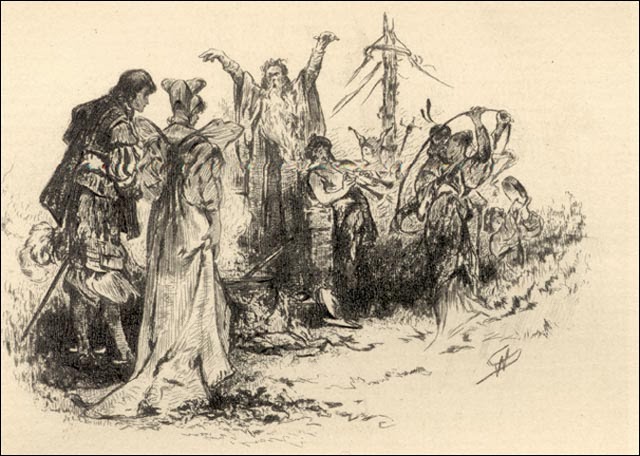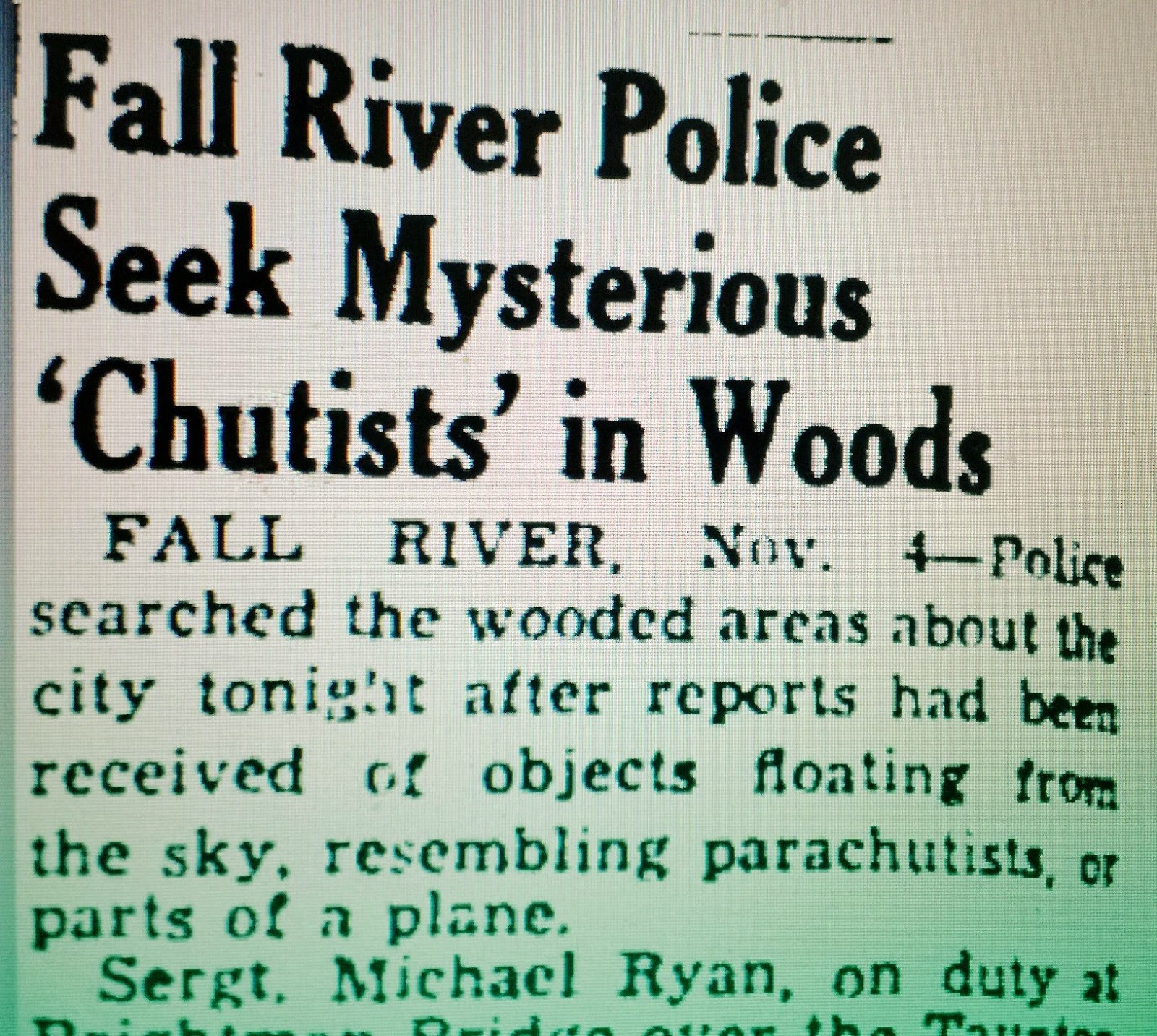It is well known that John Adams and John Quincy Adams--the second and sixth presidents of the United States--were both born in Quincy. A father and son both becoming president was an unbroken record for 175 years, until George Bush Jr. was elected president in the year 2000. But this claim to fame is certainly not Quincy's only "first." From being home to the first Dunkin Donuts in America to housing the world's "largest most nearly perfect sphere," Quincy is a city of many quirky "firsts."
America’s First Sin City
What happened in Merrymount, stayed in Merrymount. Merrymount, the first colony of Quincy, was settled in 1625 by Thomas Morton….who was sick and tired of all the pilgrim rules and just wanted a place to have a little fun. So he made this town his own, erected a may pole, started brewing some beer and got his party on. Everyone was welcome--both pilgrim and Indian alike--to eat, drink and be merry (and partake in the utopian free love atmosphere, if that was your thing.)
Home of America’s First Political Satirist
Today we have Saturday Night Live and Stephen Colbert. In colonial times, offbeat colonists had Thomas Morton. The same man who founded the experimental utopia of Merrymount was not only a party animal, he was also how they say in Boston, “Wicked smaht.” And witty! He satirized the rigid puritans of Plimouth Colony in his lengthy “The New English Canaan,” referring to Miles Standish as “Captain Shrimp,” infuriating Standish, whose ego far surpassed his physical stature in enormity. Morton referred to himself as “The Great Monster” in what historians call a “mock heroic epic.”
First Establishment to Ban Woody Allen in the Northeast
Recently Woody Allen was banned from the VIP section of Madison Square Garden for refusing promotional work for the MSG network--the corporation who also owns the Knicks--who recently acquired the rights to some of Allen’s films. But over three decades ago, Woody Allen was banned first in Quincy. His films that is. Some people like Woody Allen films. Some not so much. Arthur Chandler--owner of the now defunct Wollaston Theatre--loathed them. So much in fact, that he banned all Woody Allen films from every showing there. The theatre closed before the ban was ever lifted.
First Commercial Railway in the United States
Built in 1826, the “Granite Railway” was designed for a very specific reason. The granite for the construction of the Bunker Hill Monument was transported from the Quincy quarries to Charlestown via this railways system, the first in the country. "The remains of the railway’s incline are located at the end of Mullin Avenue in West Quincy."
First Dunkin Donuts
 |
| Photo by Kristen Good. 2014. |
“America runs on Dunkins,” and the starting line was in Quincy on the Southern Artery. Opening under the name “Open Kettle,” the coffee shop was incorporated in 1948. Two years later owner Bill Rosenberg would change the name to “Dunkin’ Donuts and would begin franchising in 1955. Flash Forward a short eight years and the Dunkin Donuts empire had a healthy start, with 100 restaurants in its back pocket. Recently, the Quincy Dunkin Donuts store, in honor of it being the very first, was renovated to it’s original look--the only store in the country to get this retro makeover.
First Place in the World Where “Kilroy Was Here” Was Written
Writing "Kilroy was here" on strange places was at one time one of America's favorite past times. It was written in Quincy first at the Fore River Shipyard. Though he had never traveled farther than the borders of Vermont and New Hampshire, James Kilroy’s last name literally journeyed the world over. The simple phrase “KILROY WAS HERE” boosted the morale of the entire country during World War II and gave the GIs a much needed bout of fun. They scrawled the phrase anywhere they could...the more unusual the place, the better. For GIs to discover a KILROY WAS HERE signature in a foreign place gave them a sense of home and most definitely put smiles on the faces of thousands.
First Howard Johnson’s Restaurant in the United States
Ho Jos was an American icon, it’s famed orange roof a beacon for millions of road trippers for decades. Seeding his roots with ice cream stands, Howard Johnson opened his first restaurant on Hancock Street in Quincy in 1929. This flagship restaurant was in a prime location: right near City Hall, the Quincy theatre and the Church of Presidents...a major tourist attraction then. And then a stroke of luck fell upon Johnson, further solidifying his success. A controversial Eugene O’Neill play dealing with the subject of abortion was banned in Boston. The play was called “Strange Interlude.” The play was moved to the Quincy Theatre, directly opposite Howard Johnsons. With a running time of over five hours, the play had a long intermission. Long enough for people to have a full dinner right across the street. The play ran for years.
First City in America to Get a Giant Ball as a Birthday Present
 |
| Photo by Kristen Good. 2014. |
In 1925, Quincy turned 300. As a tribute to the birthplace of the quarrying industry, the Granite Manufacturers Association granted a present of an almost 10-ton, 6-feet in diameter sphere of granite to the city of Quincy for it’s birthday. The giant granite ball is located at Quincy City Hall Plaza. "Ripley’s Believe It or Not" declared the ball “The World’s Most Nearly Perfect Sphere.”
First Large Scale Quarry In the United States
In 1825, a huge area of granite rock in West Quincy was chosen as the site to start a large scale quarry. The genius behind the project was Solomon Willard, Willard was known as the “Father of the Granite Industry,” for his novel approach to stone cutting and construction techniques. After an extensive search for the perfect site to quarry, Quincy was chosen out of all the proposed granite areas across New England.











